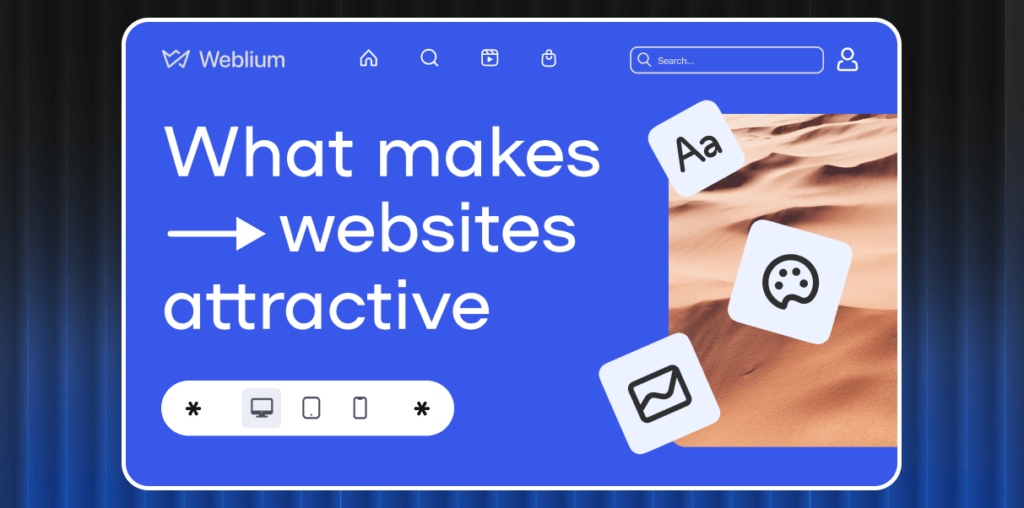Even though it may seem that after several decades of websites, there is nothing to improve, and the whole array of best practices is written in stone, this is simply not true.
The reason is simple: there are now infinitely more websites online than even five years ago, and the competition for the user’s attention is fierce. Meanwhile, the very nature of online activity has changed with the advent of social media integrations, eCommerce, and other interactive functions.
This means the rules for creating an attractive website are constantly being updated by life itself. In this article, Lionwood.software, a Lviv-based company specializing in web and mobile platform development, shares a new perspective on how websites are influenced by other software types and what ultimately makes them attractive for the end user.
It’s not just about websites
As of 2024, we can hardly talk of website development as an area of its own, completely separate from mobile or other software. While the traditional understanding of a website implied a place where people came to consume content, modern websites are infused with social media and eCommerce functionalities or act as a facade for a certain platform (e.g. an eLearning hub or an appointment booking system).
At the same time, the mobile-first nature of today’s web content also impacts the way sites are designed. The line between websites and other software is blurred. For example, the well-known Ukrainian bank, PrivatBank, redesigned its website and web cabinet (Privat24) to match the experience on their mobile app, fostering brand consistency and making the UX more predictable.
This is a general trend: websites are seamlessly tied together with other software by means of design and integrations. Lionwood’s own product, the massive educational platform called NIT (Education and Technologies), also follows this principle, where the website is a front door to the platform itself.
In practice, this means there are now general principles for everything – including websites, and the main one is, of course, linked to user experience itself.
The main principle: UX balance
User Experience is a broad term, encompassing usability, accessibility, aesthetics, performance, and more. In practice, this boils down to a general formula: if the user wants to do something with the help of your website, the website should make it as easy as possible, using all means possible, without distractions or extra steps.
That’s where UX can sometimes come into conflict with what’s considered good in terms of graphic design, personalization, marketability, etc. Sometimes it’s an annoying autoplay video the user needs to stop before doing what they intended. Sometimes, it’s giving too many choice options in the menu, or vice versa, obscuring them under vaguely titled submenu. The possibilities are countless.
What matters is finding the perfect balance between UX requirements and everything else. Let’s dive into three most important areas where this matters.

